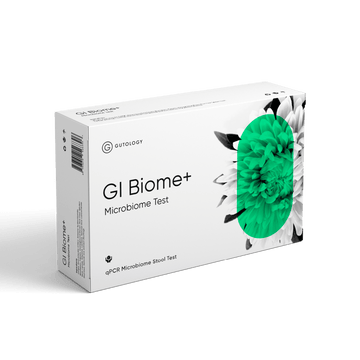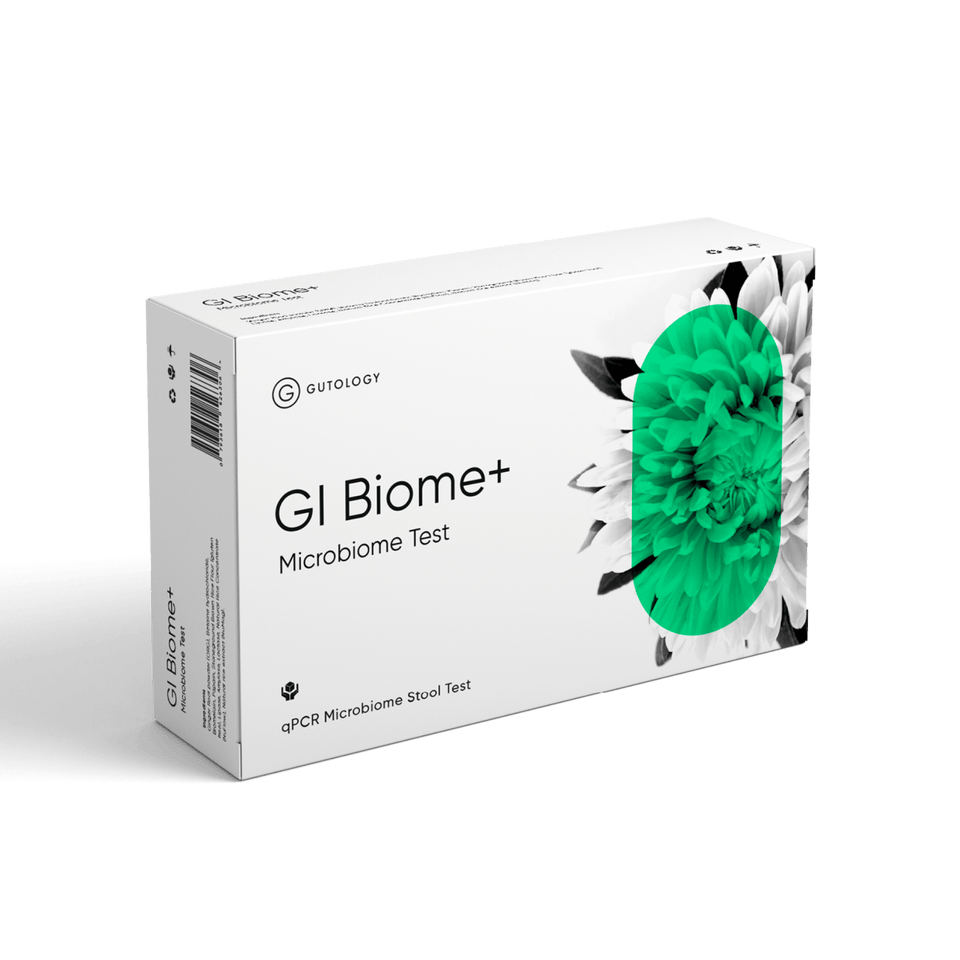Wheat has been a staple of the human diet for around 9000 years. Yet many people these days are choosing to avoid wheat claiming they experience health improvements by so-doing. What is it about wheat that causes problems and why do these problems appear to have increased?
What’s wrong with wheat?
Wheat (and other grains such as barley and rye), contains several plant chemicals that can cause us problems, namely:
- Wheat-germ agglutinin
- Amylase trypsin inhibitors
- Phytic acid
- Fructans1,2
- Let’s have a look at how each of these chemicals can cause problems:
Gluten
Gluten can damage the lining of the gut. This happens through it triggering the release of a chemical (called zonulin) from the gut lining. Studies have shown that in people with coeliac disease, very large amounts of zonulin are triggered by gluten.5 This damage allows fluid and incompletely digested food particles to cross between the body and the gut. Which in turn causes problems.
Zonulin instructs the cells that line the gut to separate from their neighbours3. This situation is sometimes called “leaky gut”. Separation of the cells that line the gut allows fluid to pass straight from the body into the gut. This can lead to diarrhoea.
At the same time the separation allows gluten or or food components in the gut to pass straight into the bloodstream before they have been completely digested.4 When gluten and other incompletely digested elements penetrate through the gut, they can trigger an immune response from the vigilant immune system that patrols the gut for foreign invaders.4
Many food components have similarities in the shapes of their proteins to proteins that occur naturally in the human body. If these food components pass through into the bloodstream, and this in turn triggers and immune reaction, it is possible that the immune system may also attack any organs that contain similarly shaped proteins.7 As a prime example, part of the gluten molecule mimics the shape of proteins found in the thyroid gland. Therefore, it’s no surprise that gluten plays a role in thyroid disease.8
The Gutology Podcast
Want more help to find the right diet for you? Grab Episode 7 of The Gutology Podcast.
Wheat Germ Agglutinin (WGA)
WGA is a small chemical found in the bran part of the wheat grain. It can pass through the gut lining into the bloodstream relatively easily, large amounts of zonulin do not need to be released for this to happen.9,10 Thus, WGA can enter the bloodstream of wheat-eaters who don’t have coeliac disease. WGA has been shown to:
- Bind to sugars found in cells lining the gut and our immune cells9,10
- Provoke an inflammatory response in the lining of the gut, worsening leaky gut.9,10
- Interfere with digestion of protein,11 increasing the chances of improperly digested food being able to pass through the leaky gut
- Inhibit production of digestive enzymes from the pancreas12
- Mimic the effect of insulin in encouraging storage of fat13 (this fattening property made wheat a desirable part of the diet for much of human history as famine rather than excess food was the biggest problem for our species)
- Amylase Trypsin Inhibitors (ATIs)
- ATIs are found in wheat, barley and rye, can inhibit the enzymes in the gut that digest the protein and starchy components14. This means that poorly digested food is instead fermented by our gut bacteria which can cause bloating and discomfort.
By inhibiting digestion in this way, it makes it more likely that undigested food components will be available to pass through the leaky gut and trigger immune reactions to other foods.
ATIs are produced by the wheat plant to act as pest resistance molecules, they directly target certain pro-inflammatory receptors in the gut to increase gut inflammation.15,16
Phytic Acid
This is found in wheat and other grains, as well as legumes and nut. It binds to minerals, such as calcium, magnesium, zinc and iron so that we are unable to absorb them.17,18
Fructans
Wheat also contains fructans, which are long chains of sugars that are rapidly fermented by our gut bacteria. This can be good as it helps to increase the growth of beneficial microbes. However, for those with a sensitive gut, it can lead to uncomfortable abdominal cramping and gas.19
Why is wheat a problem now?
As wheat has been in the human diet for so long, you would be right to ask, why if wheat is such a problem for our health, have we been eating it for thousands of years? Did something change? Yes! Several things have changed over the centuries since wheat entered our diet:
- Higher amounts of Gluten, Amylase-trypsin Inhibitors and Fructans
- Lower amounts of nutrients
- Different processing
- More wheat is consumed
- Higher Gluten, Amylase-trypsin Inhibitors and Fructans
The gluten content of wheat is what gives baked goods their structure and allows bread to be soft and springy. Over centuries, and particularly since the 1950s, farmers have selected strains of wheat that contain higher amounts of gluten and, inadvertently, have also selected strains which have a particular form of gluten that appears to have a greater propensity to trigger an immune response.2,20 Gluten is actually not a single protein, it is a family of different proteins and one of the gluten proteins that seems to be is significantly higher in modern wheat.21
Similarly, amounts of amylase-trypsin inhibitors and fructans in wheat can vary and may be lower in some ancient varieties of wheat.2
Lower Amount of Nutrients
Modern wheat is lower in nutrients, such as zinc, copper, selenium, iron and magnesium, nearly a third lower in some cases.22,23 Almost all of the wheat eaten today is high-yield dwarf wheat. This wheat grows very quickly which may explain why it accumulates less minerals.
Different Processing
Modern wheat is also processed very differently. Whereas previously wheat was milled using grinding stones which produced a fairly coarse flour, now we use roller mills which grind the wheat so fine that it breaks open the individual starch-containing cells. This makes a very fine flour but one which releases the starches in our digestive system very quickly.24
This can cause big rises in our blood sugar,24,25 which is undesirable for several reasons. Blood sugar peaks trigger the body to react quickly to bring these levels down as high blood sugar damages our cells and the body reacts to prevent this. Unfortunately, this rapid release of the hormone, insulin, which lowers blood sugar, results in blood sugar coming down so fast it may dip below normal blood sugar levels. This causes us to feel hungry, light-headed and unwell. Even with this rapid reaction by the body, high blood sugar levels will start to damage our cells. Finally, high insulin levels tend to stimulate weight gain.
Higher Consumption
Although wheat has long been a staple in our diet, it may be that we are consuming more wheat than in the past: wheat-based cereals for breakfast, muffins with coffee mid-morning, a sandwich at lunchtime, biscuits with tea in the afternoon, pasta for our evening meal perhaps followed by more biscuits? That’s a lot of wheat! Further, today’s world has other challenges which might make us more susceptible to becoming sensitive to wheat: increased stress affecting our gut, exposure to toxins, loss of gut bacteria diversity, might contribute.
Is eating bread always a bad idea?
Some people who have problems with wheat find they can tolerate bread that has undergone a prolonged fermentation as in authentic sour-dough. Supermarket bread is only fermented for an hour or so, compared with up to 3 days for genuine sour-dough. Longer fermentation affects several aspects:
- The amount of gluten is lower in longer-fermented breads26,27
- The wild yeast and lactobacillus in the sourdough starter neutralise the phytic acid as the bread proves through the acidification of the dough.28
- The action of yeast and bacteria (in sourdough) can increase the vitamin content of the bread.27
- As some ancient varieties of wheat may be lower in gluten and other unwanted components. In particular, bread (or other wheat containing foods) made from spelt, einkorn or emmer may also be better tolerated.2
Choose authentic, white sourdough
Bread sold as sourdough may not be true sourdough with long fermentation and presence of the wild yeasts and lactic acid bacteria which help to make wheat more tolerable. Often, sourdough breads available in supermarkets is made with sourdough flavouring and actually goes through the same fast fermentation as standard supermarket breads.
White flour contains no wheat germ agglutin (see above for why wheat germ agglutinin is a problem), so choosing white sourdough will minimise the harmful elements of standard bread. If you are sensitive to wheat and choose to eat sourdough, it is still wise to eat it in moderation. It does still contain some gluten and is a source of carbohydrate that may feed unwanted gut bacteria you might be harbouring.
If you struggle with wheat could things change?
Many of the problems arising from wheat stem from problems with the gut: an inflamed, leaky gut is more likely to result in food intolerances of all kinds. Healing the gut and restoring your internal barriers could well mean that in future you will be able to tolerate wheat again, particularly authentic sourdough and ancient grains…although perhaps not at every meal! Read our article on having a Leaky Gut here.
Summary
Wheat can have harmful effects on your body through the reactions caused by:
- Gluten
- Wheat-germ agglutinin
- Amylase trypsin inhibitors
- Phytic acid
- Fructans1,2
Even though we’ve been eating it for thousands of years, we could be experiencing more problems because of key differences today:
- Higher amounts of gluten, amylase-trypsin Inhibitors and fructans
- Lower amounts of nutrients
- Different processing
- More wheat is consumed
If you do choose to eat bread, eat authentic white sourdough, in moderation. Maybe buy a loaf for your household at the weekend as a treat!









